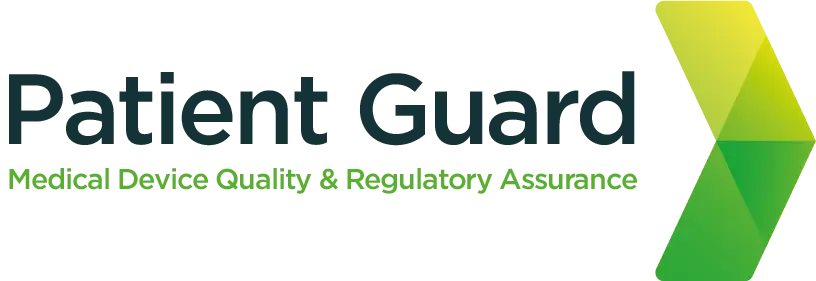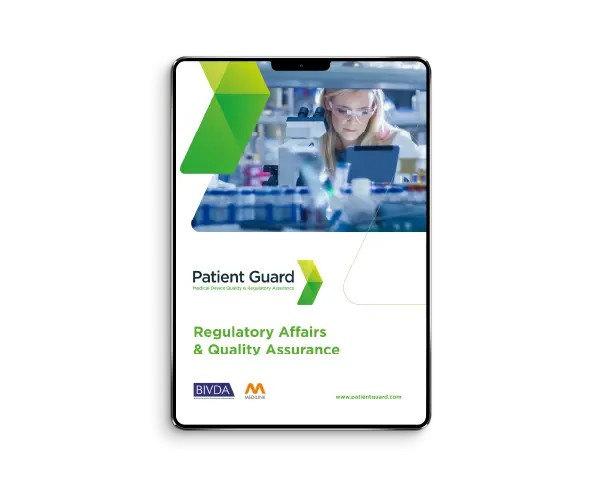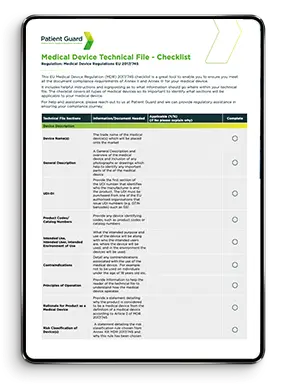Quality Management Systems
A quality management system (QMS) is a collection of business processes focused on consistently meeting customer requirements and enhancing their satisfaction. It is aligned with an organization’s purpose and strategic direction. It is expressed as the organizational goals and aspirations, policies, processes, documented information, and resources needed to implement and maintain it.
Quality Management System Standards
To ensure that Quality Management Systems achieved standardised goals QMS management standards were introduced, this is to ensure that businesses or organisations were operating Quality Management Systems that met minimum requirements in demonstrating Quality. These implemented systems are certified by certification bodies. Organisations that operate certificated QMS’s could then show suppliers, customers and other stakeholders that they meet specific standardised Quality practices.
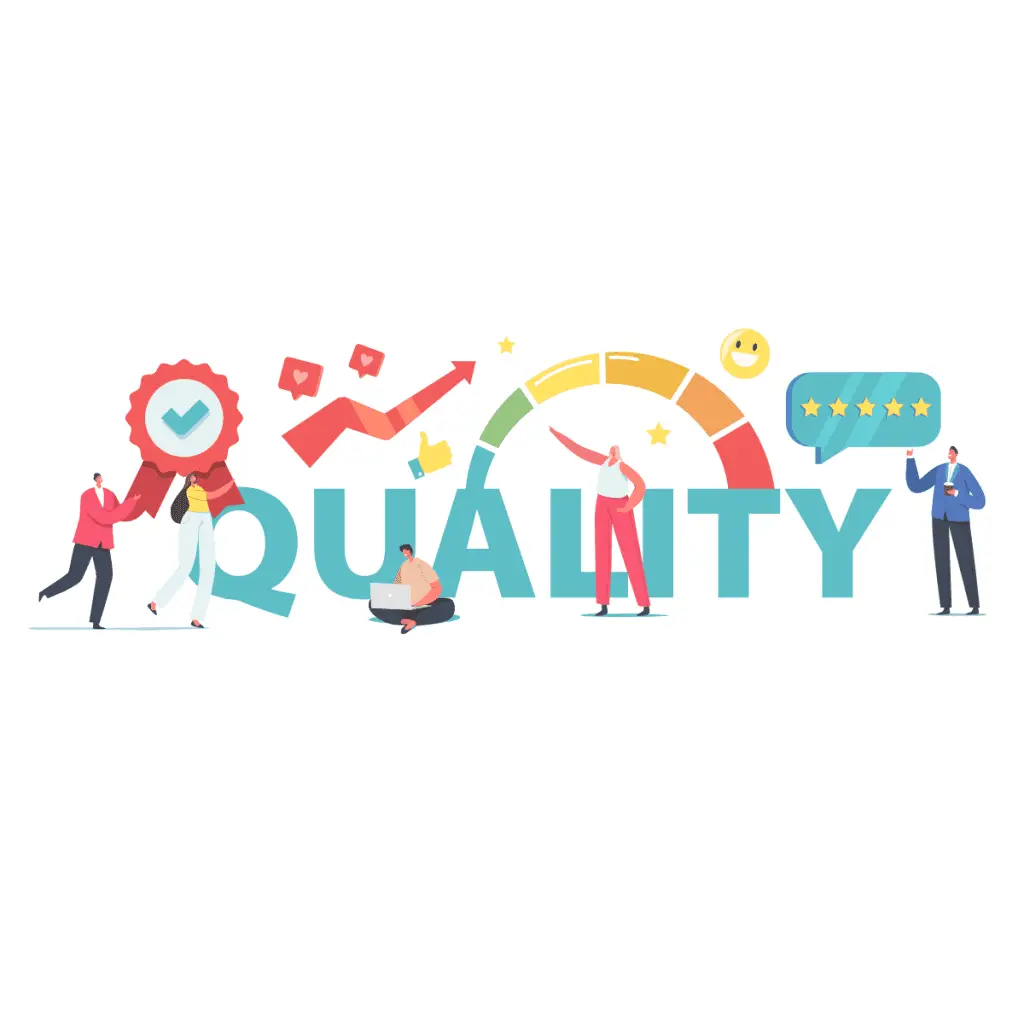
Different Types of Quality Management Systems
All international standard organisation (ISO) Quality Management Standards are based on the principles of ISO 9000 and ISO 9004. Over the years Quality Management System standards have been introduced specific for different types of industries and applications:
- ISO 9001: General Industry Standard
- ISO 22000: Food
- ISO 27001: IT
- ISO 13485: Medical Devices
In many cases these standards have been incorporated into national regulations. Meaning that manufacturers and providers of these services must demonstrate that they have implemented these standards before they can operate services or products relating to these areas.
ISO 13485 - Medical Devices
One such standard that has been implemented into many countries Medical Device Regulations is ISO 13485. Manufacturers of medical devices must show that they have in place QMS’s inline with this medical device standard in order to show compliance with the medical device regulations.
It is an international standard for mapping what is required from a medical device. The system ensures that medical devices are effective and consistent throughout their life cycle, from planning and production to disposal.
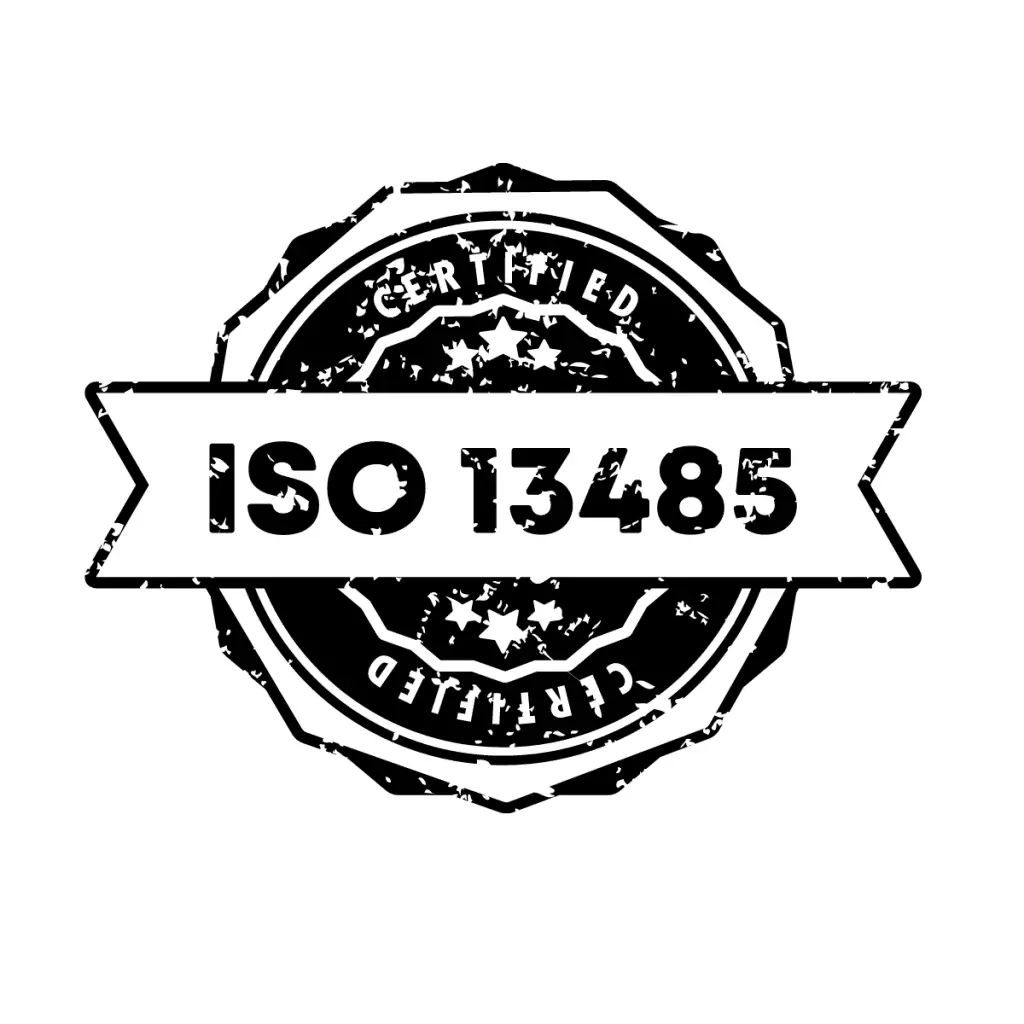
Ensuring consistency is extremely important for medical devices, as patient safety could be at risk. Implementing quality management systems can also provide protection for manufacturers and their reputations, as risks can be easily identified and rectified.
Medical device regulation varies based on the classification of the medical device being manufactured. All parties are required to demonstrate compliance, from the medical device manufacturing process to the disposal of the product.
Who is the ISO 13485 medical devices quality management system for?
The Quality Management System is designed for anyone involved with the production of medical devices. These include:
- Medical device manufacturers
- Distributors (MDR requirement)
- Importers
- Developers
ISO 13485 Updates
Like all standards the ISO 13485 standard is reviewed every 5 years to ensure that it remains state of the art for its intended purpose and application, and to ensure that Quality and Medical Device Safety remain current and inline with technological advancements.
The most recent version of the standard was issued in 2016, and is currently under review by standards committees.
ISO 13485 implementation
There are eight sections in the ISO 13485 quality management system, and these include an introduction, references and conditions, as well as the following:
- Quality management system: General Requirements & Documentation Requirements
- Management Responsibility
- Resource Management
- Product Realization
- Measurement, Analysis & Improvement

To successfully implement this quality management system, all of these clauses must be considered and adhered to accordingly.
What is the difference between ISO 13485 and ISO 9001?
ISO 9001 is a well-recognised quality system that can be used by any industry, whereas ISO 13485 is specifically designed for the medical device industry. ISO 13485 covers all aspects of ISO 9001, with some additional elements relevant to the medical industry.
Both quality management systems follow the plan, do, check, act structure, allowing any issues to be identified. In addition, they both focus on risk management, ensuring employees are aware of procedures and assessing quality based on the product’s end user. This allows the device to consistently meet customer or patient requirements.
Records
ISO 13485 outlines that all documentation changes must be submitted for management review. Information on individual products and regulations must be included within the documentation.
Management
Where ISO 9001 assigns various roles to members of a team, ISO 13485 assigns a member of the team to be responsible for the quality management system. Other team members can still work on the quality management system; however, the assigned individual is responsible.
Resources
Information regarding the work environment, cleaning and risk management must be included in the ISO 13485 documentation. There should also be processes in place for dealing with any advisories.
Products
ISO 13485 highlights the need for products to be traceable. This can be achieved by providing batch information. Medical device instructions should also be outlined, in addition to information regarding the cleanliness of the device and how expiry dates are managed and adhered to.
Measurement, analysis and improvement of products
This involves ensuring that each medical device meets applicable regulatory requirements and that all procedures are in place should there be an issue with a device. When data becomes available, it should be correctly analysed, and plans can be made to improve the production or outcome of the medical device.
Quality management systems place a significant focus on the continuous improvement of products, specifically for the end user.
ISO 13485 Implementation Planning
When implementing any quality management system, it is essential to be clear and concise. At Patient Guard, we can support you with ISO 13485 implementation. We will work closely with you and adjust our approach based on your requirements.
The ISO 13485 implementation and certification process typically takes around 8 to 12 weeks. This quality management system requires staff training and the completion of new written procedures. Having the system in place makes internal and external auditing much more efficient.

Summary
Why should you implement ISO 13485? This quality management system is designed for those dealing with medical devices. It allows you to assess your processes and improve them to promote product development.
How Can Patient Guard Help?
Patient Guard has implemented and supported hundreds of medical device manufacturing clients since its inception in 2017. Our Quality Assurance experts have implemented many ISO 13485 QMS systems and helped clients though their Notified Body audit assessments with a 100% pass rate. You are safe hands, weather you need a full ISO 13485 QMS implemented or just need some on going QA support with your QMS, then please don’t hesitate to contact us to make your compliance journey easier.
FAQs
ISO 13485 is an internationally recognized standard that specifies the requirements for a Quality Management System (QMS) specific to the medical device industry. It ensures that organizations consistently produce safe and effective medical devices while meeting regulatory requirements.
Why it matters: ISO 13485 certification is essential for compliance with regulations like the EU MDR, IVDR, and FDA QSR, and it facilitates global market access.
ISO 13485 focuses on:
- Documented QMS: Policies, procedures, and records ensuring product quality.
- Risk Management: Integration of risk-based approaches, aligning with ISO 14971.
- Design and Development Controls: Structured processes for safe device design.
- Supplier Management: Ensuring quality in the supply chain.
- Post-Market Activities: Including complaint handling and vigilance.
- Continuous Improvement: Monitoring and improving processes and device quality.
Key insight: The standard prioritizes safety and regulatory compliance over general business improvement.
ISO 13485 is not legally mandatory but is often required for regulatory compliance. For example:
- CE Marking (EU): A QMS aligned with ISO 13485 is required under MDR/IVDR.
- FDA Approval (US): While ISO 13485 is not required, its principles align with the FDA’s QSR (21 CFR Part 820).
- Global Markets: Many countries recognize ISO 13485 as the basis for regulatory approval.
Pro tip: Certification demonstrates commitment to quality and facilitates regulatory approvals worldwide.
ISO 13485 integrates risk management throughout the QMS by requiring:
- Risk assessment during device design and development.
- Controls for identifying, analyzing, and mitigating risks.
- Ongoing risk monitoring during manufacturing and post-market surveillance.
Key takeaway: Risk management aligns with ISO 14971, ensuring a comprehensive approach to patient safety.
ISO 13485 certification offers multiple benefits:
- Regulatory Compliance: Meets MDR, IVDR, FDA, and global regulatory expectations.
- Market Access: Eases entry into international markets with recognized certification.
- Improved Quality: Ensures consistent processes and high-quality devices.
- Customer Trust: Builds credibility with healthcare providers, patients, and regulators.
Key insight: Certification is a competitive advantage, signaling a commitment to safety and quality.
Yes! Patient Guard offers comprehensive support for ISO 13485, including:
- Developing and implementing QMS tailored to your organization.
- Conducting gap analyses to identify areas for improvement.
- Preparing for certification audits and inspections.
- Providing ongoing support for maintaining QMS effectiveness.
Why choose Patient Guard: With extensive experience helping over 500 manufacturers, we ensure your QMS meets ISO 13485 requirements efficiently and effectively.
